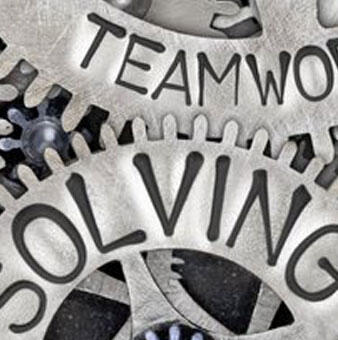


ESG risk to the organization can arise via third parties. Proper governance can improve efficiency and effectiveness of managing ESG issues with third parties. Third Party Risk Management (TPRM) is a hot topic. Indeed, regulations for product content, product safety, product sourcing, conflict minerals, modern day slavery, waste management, and product end-of-life all rely on due diligence of other parties. DHC has helped Clients with governance of ESG aspects of TPRM, applying standard busines practices and frameworks, and tailoring each to be fit for purpose.
COVID-19 is inherently a health and safety (e.g., ESG) issue, and offers a stark illustration of the far reach of ESG issues across an organization. Adverse impacts have been amplified by weak governance structures and systems, notably where ESG topics play a role. Many organizations have seen dips in operations, revenues – some even for reputation – from the disarray of responses to COVID-19 by the government, the organization itself, and its business partners and stakeholders. There are lessons to be learned that can be applied to future organizational health – changes that can be more robust when informed by ESG specialist perspectives.
